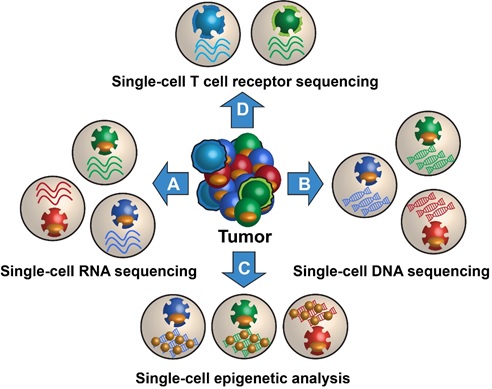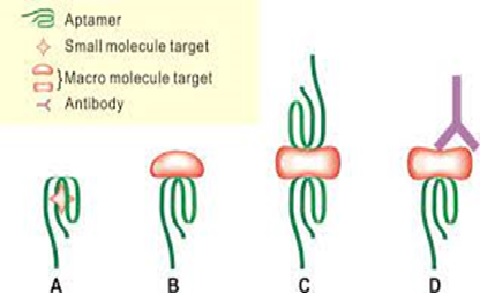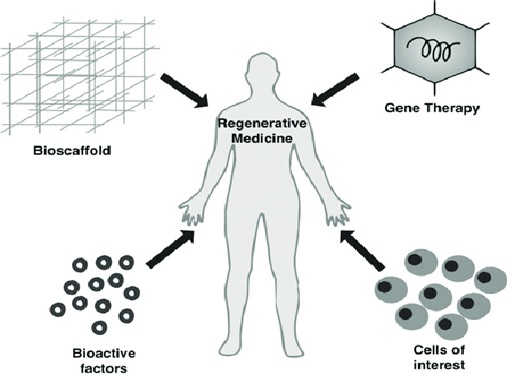The Uses of CRISPR for Human Genome Editing
In 1970, restriction enzymes were discovered which paved way for biologists to start experiments on manipulating mammalian genomes. CRISPR is a powerful technique for genome editing which has recently [1] emerged (Ramalingam, Annaluru, & Chandrasegaran, 2013). Because of its simplicity, it is most likely that this system will be most popular for genome editing in mammalians. The figure 1 shown below explains the mechanism of CRISP mediated immunity in bacteria.

Figure 1: Human Genome Editing
The CRISPR is short for clustered regularly interspaced short palindromic repeat. It provides an effective system to manipulate and alternate the genome of any living organism. In short, CRISPR is a genome editing technique that can used to change and modify the genome with maximum accuracy (CRISPR Handbook
Enabling Genome Editing and Transforming Life Science Research, 2015). CRISPR was invented in 2012 by the scientists of University of California (Yin, 2015). Unlike old technologies, CRISPR technique is more efficient and economical. This technique has received huge appreciation and criticism.
There are many pros and cons and ethical issues regarding human genome editing. These technologies are now considered to be used in early stages of human development to correct genetic defects and resist against diseases. This field has developed a lot but now it is facing serious ethical issues.
Genome editing is a powerful new tool for making precise additions, deletions, and alterations to the genome—an organism's complete set of genetic material. The development of new approaches—involving the use of meganucleases; zinc finger nucleases (ZFNs); transcription activator-like effector nucleases (TALENs); and, most recently, the CRISPR/Cas9 system—has made editing of the [2] genome much more precise, efficient, flexible, and less expensive relative to previous strategies.
With these advances has come an explosion of interest in the possible applications of genome editing, both in conducting fundamental research and potentially in promoting human health through the treatment or prevention of disease and disability.
The primary scientific and technical, ethical, and regulatory issues associated with the use of somatic gene therapies to treat or prevent disease or disability concern only the individual.
The scientific and technical issues of genome editing, such as the as-yet incompletely developed standards for measuring and evaluating off-target events, can be resolved through ongoing improvements in efficiency and accuracy, while the ethical and regulatory issues would be taken into account as part of existing regulatory frameworks that involve assessing the balance of anticipated risks and benefits to a patient.
References:
- https://bohatala.com/human-genome-editing/#:~:text=The%20use%20of%20CRISPR%20for%20human%20genome%20editing,is%20an%20engineered%20 nucleases%20used%20for%20this%20process.
- https://www.ncbi.nlm.nih.gov/books/NBK447260/
Cite this article:
Nandhinidwaraka.S (2021) The Uses of CRISPR for Human Genome Editing, AnaTechMaz, pp. 27















